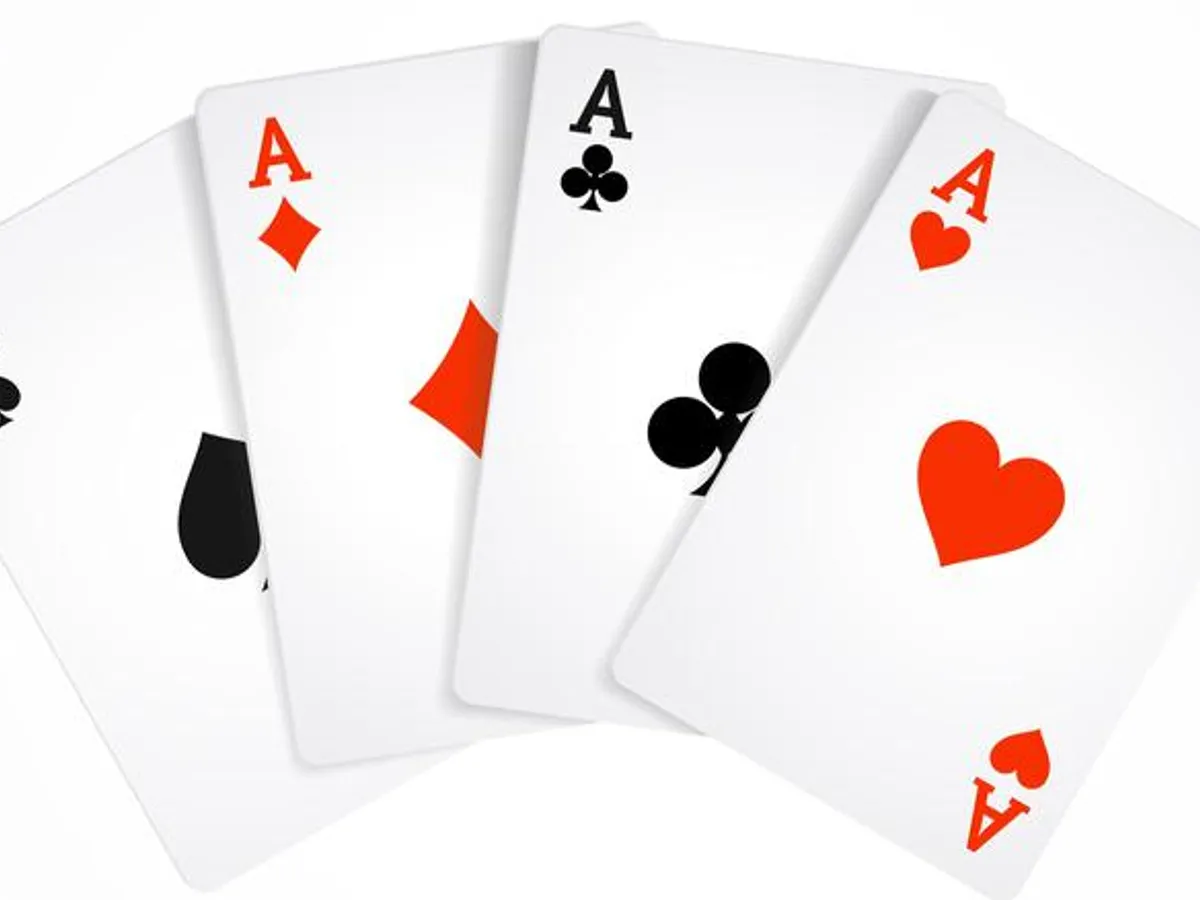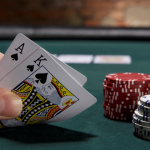
Creating the perfect card game can be a daunting task, but with careful planning and execution, it can be a fun and rewarding experience. There are many elements to consider when designing a card game, from the mechanics of how the game is played to the theme and art style. In this blog post, we will explore what makes a good card game and offer some tips on how to design and manufacture your own.
What makes a good card game?
A good card game is one that is easy to learn but difficult to master. The mechanics should be simple enough that new players can pick up the game quickly, but there should be enough depth and strategic options that experienced players can continue to find new ways to play the game. The best card games strike a balance between these two elements, offering just enough complexity to keep things interesting without overwhelming players.
The theme of a good card game.
The theme of a card game can range from light and fluffy to dark and serious, and everything in between. What’s important is that the theme fits well with the mechanics of the game and that it’s something that appeals to the target audience. A good theme will make the game more enjoyable for everyone involved, and it can also help set the tone for how serious or competitive the solitaire Game will be.
The art of a good card game.
The art style of a card game is another important element that can help set the tone and atmosphere of the game. Card games with bright, colorful artwork tend to be more family-friendly, while games with darker or more realistic art styles are typically geared toward more mature audiences. No matter what kind of art style you choose, though, it’s important that the art is high quality and consistency throughout the entire deck of cards.




